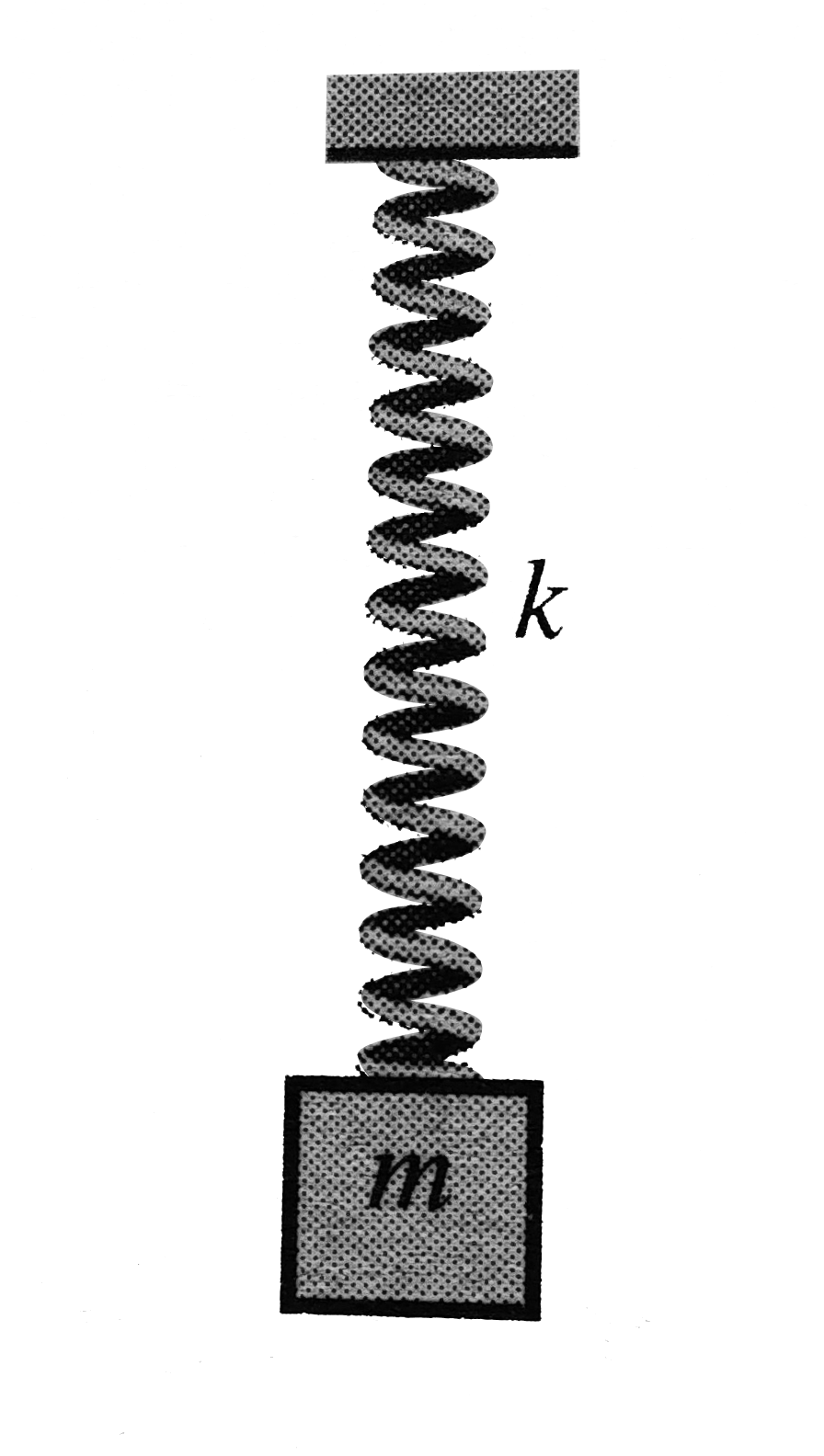Mark out the correct options.
a. The total charge of the universe is constant.
b.The total positive charge of the universe is constant.
c. The total negative charge of the universe is constant.
d. The total number of charged particle in the universe is constant.
To solve the question regarding the conservation of charge in the universe, we will analyze each option based on the principles of physics, particularly the law of conservation of charge.
1. Understand the Law of Conservation of Charge:
- The law states that the total electric charge in an isolated system remains constant over time. This means that charge can neither be created nor destroyed.
2. Evaluate Each Option:
- Option A: "The total charge of the universe is constant."
- This statement is true according to the law of conservation of charge. The total charge, which includes both positive and negative charges, remains constant.
- Option B: "The total positive charge of the universe is constant."
- This statement is misleading. While positive charge may exist, the total charge of the universe includes both positive and negative charges. Therefore, this option is incorrect.
- Option C: "Total negative charge of the universe is constant."
- Similar to option B, this statement is also misleading. The total charge includes both positive and negative charges, so this option is incorrect.
- Option D: "The total number of charged particles in the universe is constant."
- This statement is incorrect. Charged particles can be created and annihilated (for example, in particle-antiparticle pairs), so the total number of charged particles is not constant.
3. Conclusion:
- The only correct option is Option A: "The total charge of the universe is constant."
Final Answer:
The correct option is A: The total charge of the universe is constant.
---
- The law states that the total electric charge in an isolated system remains constant over time. This means that charge can neither be created nor destroyed.
- Option A: "The total charge of the universe is constant."
- This statement is true according to the law of conservation of charge. The total charge, which includes both positive and negative charges, remains constant.
- Option B: "The total positive charge of the universe is constant."
- This statement is misleading. While positive charge may exist, the total charge of the universe includes both positive and negative charges. Therefore, this option is incorrect.
- Option C: "Total negative charge of the universe is constant."
- Similar to option B, this statement is also misleading. The total charge includes both positive and negative charges, so this option is incorrect.
- Option D: "The total number of charged particles in the universe is constant."
- This statement is incorrect. Charged particles can be created and annihilated (for example, in particle-antiparticle pairs), so the total number of charged particles is not constant.
- The only correct option is Option A: "The total charge of the universe is constant."
The correct option is A: The total charge of the universe is constant.
Topper's Solved these Questions
- ELECTRIC FIELD AND POTENTIALBook:HC VERMA ENGLISHChapter:ELECTRIC FIELD AND POTENTIALExercise:Objective 1
Explore 9 Videos
- ELECTRIC CURRENT THROUGH GASESBook:HC VERMA ENGLISHChapter:ELECTRIC CURRENT THROUGH GASESExercise:Short answer
Explore 6 Videos
- ELECTROMAGNETIC INDUCTIONBook:HC VERMA ENGLISHChapter:ELECTROMAGNETIC INDUCTIONExercise:Questions for short answer
Explore 9 Videos
Similar Questions
Mart out the correct options
View Solution
For the spring pendulum shown in fig. the value of spring constant is 3×104Nm and amplitude of oscillation is 0.1m. The total mechanical energy of oscillating system is 200 J. Mark out the correct option (s).
View SolutionMark the incorrect option.
View SolutionMark the incorrect option .
View Solutionmark the correct options.
View SolutionMark the correct options.
View SolutionMark the correct options.
View SolutionMark the correct option(s) out of the following:
View SolutionMark the correct options
View SolutionMark the correct options
View Solution

